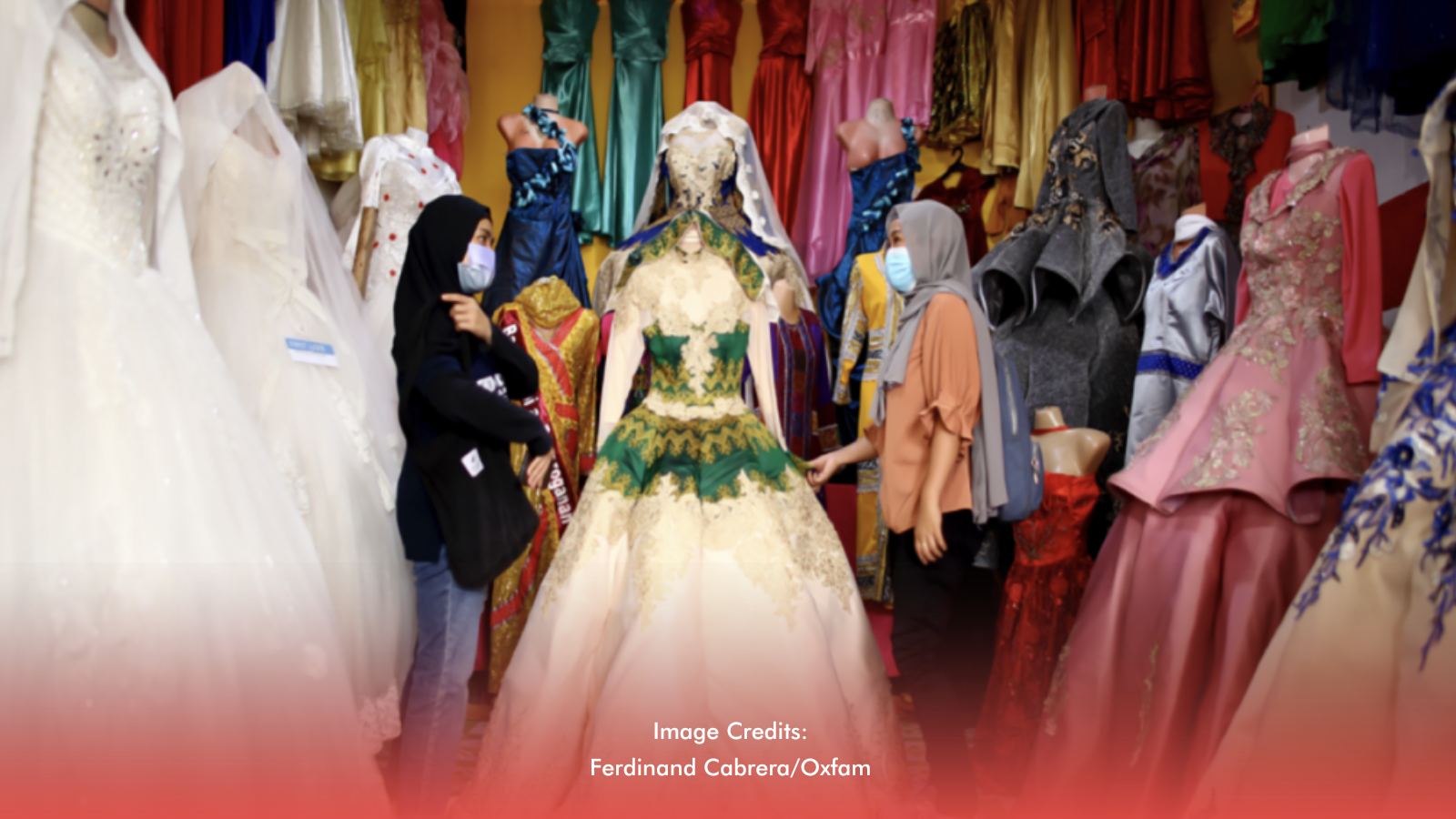Despite the passage of a national law prohibiting child marriage, the practice continues to persist in parts of the Bangsamoro region, primarily due to poverty, cultural traditions, and weak enforcement of the law. A new report by the United Nations Children’s Fund (UNICEF) Philippines reveals why, for many young Bangsamoro girls, marriage remains a choice shaped more by circumstance than consent.
Tradition and Faith
In provinces like Sulu and Tawi-Tawi, early marriage is often regarded as a way to uphold family honor or comply with religious expectations. For some families, marrying off daughters is viewed as protection from what is considered haram—such as premarital relationships or pregnancies outside marriage.
“These beliefs are rooted in family norms and a sense of religious duty,” said UNICEF Mindanao Field Office Child Protection Specialist Rohannie Datumanong. “Parents, particularly fathers, often make marriage decisions to protect family dignity,” he added.
Poverty’s Role
Beyond cultural norms, economic hardship pushes families toward early marriage. For many struggling households, it reduces financial strain or offers the hope of stability.
“These conditions rob girls of their childhood, education, and their right to a dignified life,” said Patricia Lim Ah Ken, UNICEF Philippines Chief of Child Protection.
Nationally, the Philippines ranks 12th worldwide in the number of child marriages, with one in six girls wed before turning 18. In the Bangsamoro Autonomous Region in Muslim Mindanao (BARMM), the figures are higher. A 2021 Bangsamoro Women Commission study estimated that 88,600 girls were married before 18. A separate report by Plan International found that 15 percent of girls in BARMM marry before 18, and two percent before 15.
Pathways to Change
Early marriage often leads to school dropouts, early pregnancies, and health risks, trapping girls in cycles of poverty. To address these challenges, UNICEF and the Australian Government’s Department of Foreign Affairs and Trade (DFAT) are calling for a multi-sectoral approach—keeping girls in school, supporting family livelihoods, and engaging religious and community leaders to advocate for children’s rights.
“Ending child marriage is not just about enforcing the law—it’s about changing mindsets,” Datumanong said. “Protecting girls means giving them the freedom to dream, to learn, and to choose their own future,” he added.








